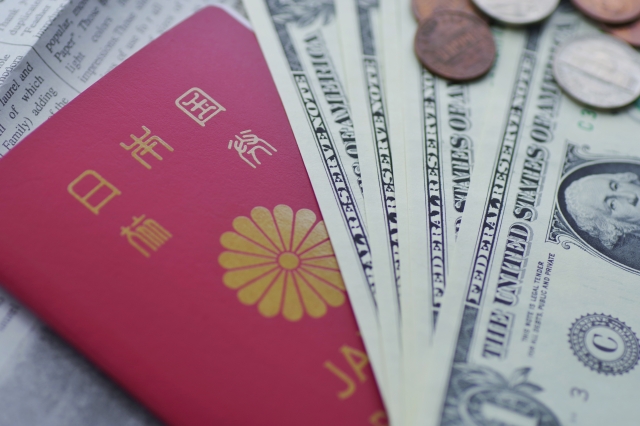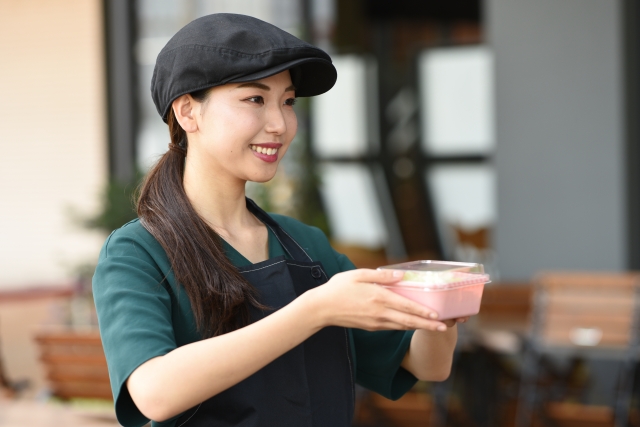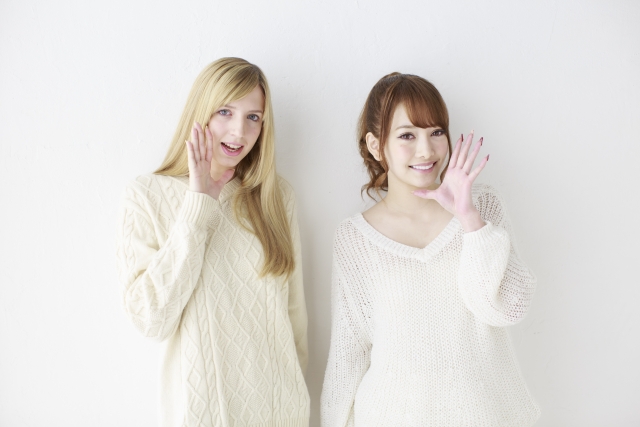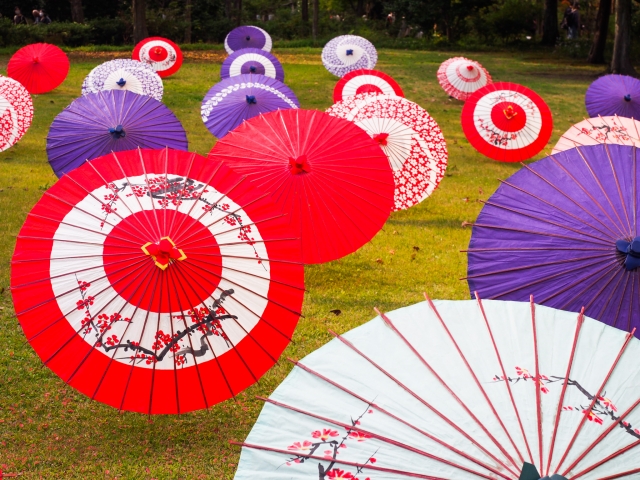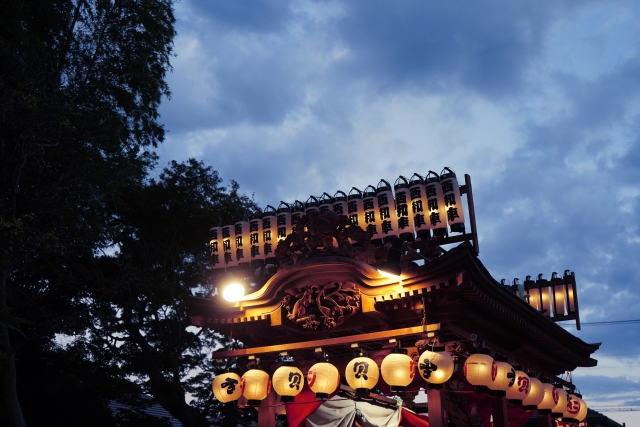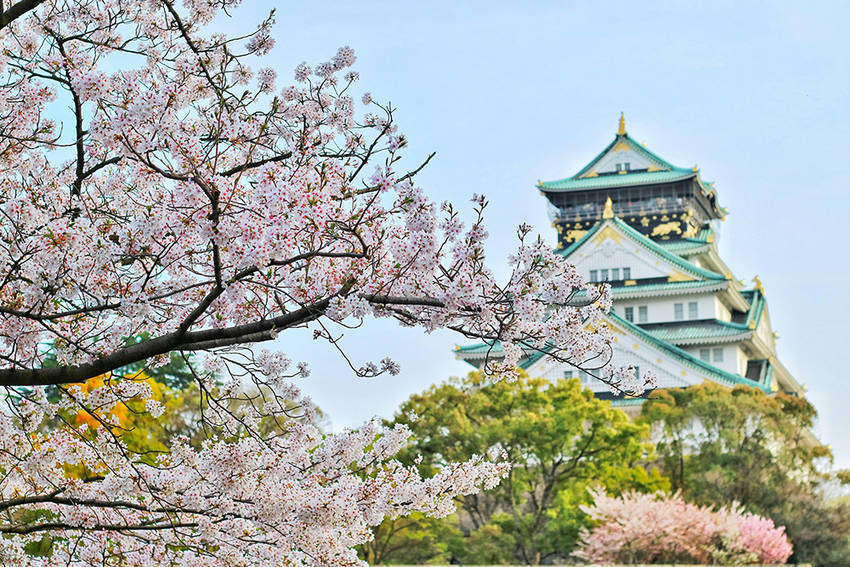日本で外国人が合法的に働くためには、以下の手続きや条件を満たす必要があります。
1. 就労ビザの取得
外国人が日本で働くためには、適切な就労ビザが必要です。ビザの種類は仕事内容や職業に応じて異なり、主に以下のようなカテゴリーに分かれています。
- 技術・人文知識・国際業務ビザ:エンジニア、通訳、マーケティングなどの専門職
- 技能ビザ:料理人、建築職人など特定の技能職
- 特定技能ビザ:介護、建設、農業などの分野での労働(特定分野に限定)
- 高度専門職ビザ:研究者、大学教授、高度なスキルを持つ技術者など
- 企業内転勤ビザ:海外の親会社や関連会社からの転勤
- 興行ビザ:芸能活動やスポーツ選手
- 特定活動ビザ:特定の活動が認められた場合
ポイント: 就労ビザを取得するには、事前に雇用先が決まっている必要があります。雇用先が「在留資格認定証明書」の申請をサポートするのが一般的です。
2. 雇用契約の締結
日本で合法的に働くには、雇用主と正式な雇用契約を結ぶ必要があります。雇用契約書には以下の内容が含まれることが一般的です:
- 雇用期間
- 給与
- 勤務条件(業務内容、労働時間など)
- 福利厚生
3. 就労可能な在留資格の確認
日本に既に滞在している場合、自分の在留資格で就労が可能かどうかを確認する必要があります。一部の在留資格(例:留学ビザ、家族滞在ビザ)は、許可を得ることでアルバイトなどの制限付きで働ける場合もあります。
資格外活動許可:留学生や家族滞在者がアルバイトを行う場合、事前に「資格外活動許可」を取得する必要があります(週28時間以内の労働が原則)。
4. 税金と社会保険への加入
外国人であっても、日本で働く場合は以下に加入し、適切に税金を支払う必要があります。
- 所得税・住民税:給与から源泉徴収されます。
- 社会保険:健康保険、厚生年金保険、雇用保険に加入することになります。
- マイナンバー制度:税金や社会保険の管理のため、マイナンバーが必要です。
5. 日本語スキルの向上(推奨)
多くの職場では、日本語能力が求められるため、日本語能力試験(JLPT)のN2以上のレベルを目指すと良いでしょう。特に接客業や営業職では、コミュニケーション能力が重要です。
6. 違法労働を避ける
就労ビザがない場合、労働は違法となり、以下のリスクがあります:
- 強制退去
- 再入国禁止
- 雇用主も罰則を受ける
まとめ
日本で外国人が合法的に働くためには、適切な就労ビザの取得、雇用契約の締結、税金や社会保険への加入が必要です。また、日本語スキルを向上させることで、より多くの職種に挑戦できる可能性が広がります。
しっかりと手続きを行い、日本での働き方を計画的に進めましょう!
1. 就労ビザの取得
外国人が日本で働くためには、適切な就労ビザが必要です。ビザの種類は仕事内容や職業に応じて異なり、主に以下のようなカテゴリーに分かれています。
- 技術・人文知識・国際業務ビザ:エンジニア、通訳、マーケティングなどの専門職
- 技能ビザ:料理人、建築職人など特定の技能職
- 特定技能ビザ:介護、建設、農業などの分野での労働(特定分野に限定)
- 高度専門職ビザ:研究者、大学教授、高度なスキルを持つ技術者など
- 企業内転勤ビザ:海外の親会社や関連会社からの転勤
- 興行ビザ:芸能活動やスポーツ選手
- 特定活動ビザ:特定の活動が認められた場合
ポイント: 就労ビザを取得するには、事前に雇用先が決まっている必要があります。雇用先が「在留資格認定証明書」の申請をサポートするのが一般的です。
2. 雇用契約の締結
日本で合法的に働くには、雇用主と正式な雇用契約を結ぶ必要があります。雇用契約書には以下の内容が含まれることが一般的です:
- 雇用期間
- 給与
- 勤務条件(業務内容、労働時間など)
- 福利厚生
3. 就労可能な在留資格の確認
日本に既に滞在している場合、自分の在留資格で就労が可能かどうかを確認する必要があります。一部の在留資格(例:留学ビザ、家族滞在ビザ)は、許可を得ることでアルバイトなどの制限付きで働ける場合もあります。
資格外活動許可:留学生や家族滞在者がアルバイトを行う場合、事前に「資格外活動許可」を取得する必要があります(週28時間以内の労働が原則)。
4. 税金と社会保険への加入
外国人であっても、日本で働く場合は以下に加入し、適切に税金を支払う必要があります。
- 所得税・住民税:給与から源泉徴収されます。
- 社会保険:健康保険、厚生年金保険、雇用保険に加入することになります。
- マイナンバー制度:税金や社会保険の管理のため、マイナンバーが必要です。
5. 日本語スキルの向上(推奨)
多くの職場では、日本語能力が求められるため、日本語能力試験(JLPT)のN2以上のレベルを目指すと良いでしょう。特に接客業や営業職では、コミュニケーション能力が重要です。
6. 違法労働を避ける
就労ビザがない場合、労働は違法となり、以下のリスクがあります:
- 強制退去
- 再入国禁止
- 雇用主も罰則を受ける
まとめ
日本で外国人が合法的に働くためには、適切な就労ビザの取得、雇用契約の締結、税金や社会保険への加入が必要です。また、日本語スキルを向上させることで、より多くの職種に挑戦できる可能性が広がります。
しっかりと手続きを行い、日本での働き方を計画的に進めましょう!
How to Work Legally in Japan
For a foreigner to work legally in Japan, you must follow the following procedures and conditions:
1. Obtain a work visa
Japan requires foreigners to have an appropriate work visa. The visa type depends on the nature of the job and work you do, which is mainly divided into the following categories:
1. Obtain a work visa
Japan requires foreigners to have an appropriate work visa. The visa type depends on the nature of the job and work you do, which is mainly divided into the following categories:
- Technical/Humanities/International Services Visa: Engineers, interpreters, marketing and other professionals
- Technical Visa: Specific-skill occupations like chefs, construction craftsmen, etc.
- Specified Skills Visa: Work in fields like nursing care, construction, agriculture, etc. (limited to specific fields)
- Highly-Skilled Professional Visa: Researchers, university professors, highly-skilled engineers, etc.
- Intra-company Transfer Visa: Transfer from an overseas parent company or an affiliated company
- Entertainer Visa: Entertainers and athletes
- Specially-Designated Activities Visa: This visa permits specific activities
Overall, they must determine an employer in advance for a foreigner to obtain a work visa. Commonly, the employer supports the “Certificate of Eligibility” certificate for this to happen.
2. An employment contract conclusion
To work legally in Japan, you must conclude a formal employment contract with your employer. An employment contract generally includes:
- Employment period
- Salary
- Working conditions (job description, working hours, etc.)
- Benefits and welfare
3. Residence to work status confirmation
If you’re already in Japan, you must confirm whether your residence status lets you work there. Some resident statuses (e.g. student visa, family stay visa, etc.) may let you work with some restrictions, like working part-time or obtaining a permit.
For example, if a foreign student or family visitor wishes to work part-time, he/she must get “permission to engage in activities other than those permitted under the residence status” in advance (in principle: the work week shouldn’t exceed 28 hours).
4. Tax and social insurance
Even as a foreigner, Japan requires you to pay the appropriate taxes if you work in Japan:
- Income and inhabitant taxes: Taxes withheld at source from wages
- Social insurance: Health insurance, employee pension insurance, and unemployment insurance
- My Numbers system: In Japan, My Numbers is Japan’s version of social security numbers, which are required to manage taxes and social insurance
5. Japanese language skill improvement (recommended)
Many workplaces require strong Japanese language skills, so we recommend you aim for a level of N2 or higher on the Japanese Language Proficiency Test (JLPT). In customer service and sales positions, communication skills are critical.
6. Avoid illegal labor
Without a work visa, working in Japan as a foreigner is illegal and carries the following risks:
Many workplaces require strong Japanese language skills, so we recommend you aim for a level of N2 or higher on the Japanese Language Proficiency Test (JLPT). In customer service and sales positions, communication skills are critical.
6. Avoid illegal labor
Without a work visa, working in Japan as a foreigner is illegal and carries the following risks:
- Deportation
- Re-entry ban
- Employer penalty liability
To work legally in Japan, foreigners must obtain an appropriate work visa, sign an employment contract, and join Japan’s tax and social insurance programs. In addition, you’ll have more possibilities to work in more job types if you improve your Japanese language skills.
Make sure you follow these procedures carefully and plan accordingly to work in Japan!
Make sure you follow these procedures carefully and plan accordingly to work in Japan!
sign up for the Japanese-Online Newsletter
__..-・**・-..__..-・**・-.._ あいうえお かきくけこ さしすせそ たちつてと なにぬねの はひふへほ まみむめも やいゆえよ らりるれろ わゐうゑを ん __..-・**・-..__..-・**・-.._
#JapaneseOnline #LearningJapanese #FreeJapaneseLessons #JapaneseVideoLearning #JapaneseAnime #Anime #JapaneseFood #Bloguru

